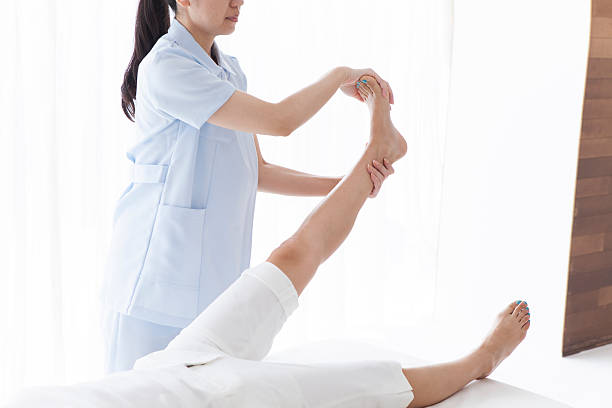
Founded on western medical principles including anatomy, physiology and biomechanics myotherapy is a hands-on treatment approach to improve the integrity of soft tissue structures (muscles, fascia, ligaments and tendons). Myotherapy incorporates a wide range of therapeutic techniques that can identify and treat many muscle related injuries, pain syndromes and postural imbalances.
The word myotherapy comes from the Greek words for muscle and therapy. A myotherapist uses a variety of muscular techniques such as massage, trigger point release and dry needling to improve the structure and function of your body’s muscles.
Myotherapy is a noninvasive health care treatment that has many benefits for both the mind and body. It reduces stress hormones, increases blood flow and lymphatic drainage in the body, releases endorphins which are natural pain killers and can elevate mood. It is also used to increase muscle strength and flexibility, balance the nervous system and improve posture.
In 1976 Bonnie Prudden, an exercise and fitness expert, came upon what is now called myotherapy. While assisting a doctor with a needle insertion she accidentally pressed too hard and discovered that her patient’s pain was released by the manual pressure applied. Prudden then created a new system of manual therapy, which included assessment techniques and treatment modalities. Myotherapists use techniques similar to those of physical therapists and osteopaths.
Athletes can benefit from Myotherapy treatments as they can aid in training recovery and enhance sports performance. Regular Myotherapy can reduce toxins and lactic acid build up in the muscles, relieve myofascial pain and increase the flexibility of joints and soft tissues. Myotherapists can also assist with pre- and post-natal aches and pains as well as work related injuries.
The musculoskeletal system is a complex network of bones, muscles, nerves, ligaments and tendons that support and move your body. When these systems are working properly your body is in a balanced state of alignment and movement. A myotherapist is able to assess, diagnose and treat these imbalances using a combination of hands-on treatment techniques, client education, follow up care and rehabilitative exercise.
Myotherapy can help with a wide range of injuries and symptoms, from headaches to sciatica, shoulder pain to carpal tunnel, low back and neck pain to plantar fasciitis. It can assist in improving sports performance, recovery from surgery, postural dysfunctions, chronic pain conditions such as tension headaches and migraines, pre- and postnatal aches and pains, arthritic and rheumatic conditions as well as traumatic injuries.
Ballarat myotherapy are highly skilled in assessing and treating a wide range of injuries. They are trained in functional assessment and muscle/stress testing as well as joint mobilisation and dry needling. They work holistically and strategically to deliver the best possible outcomes for their clients. They use a combination of hands-on treatment techniques, injury prevention and rehabilitation exercises to achieve results that last.




